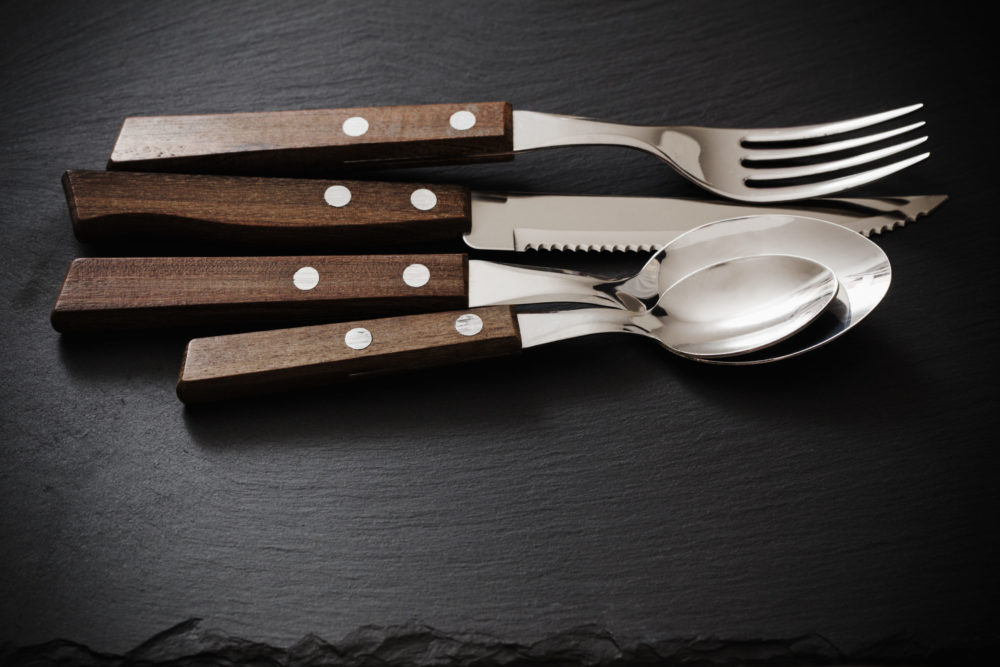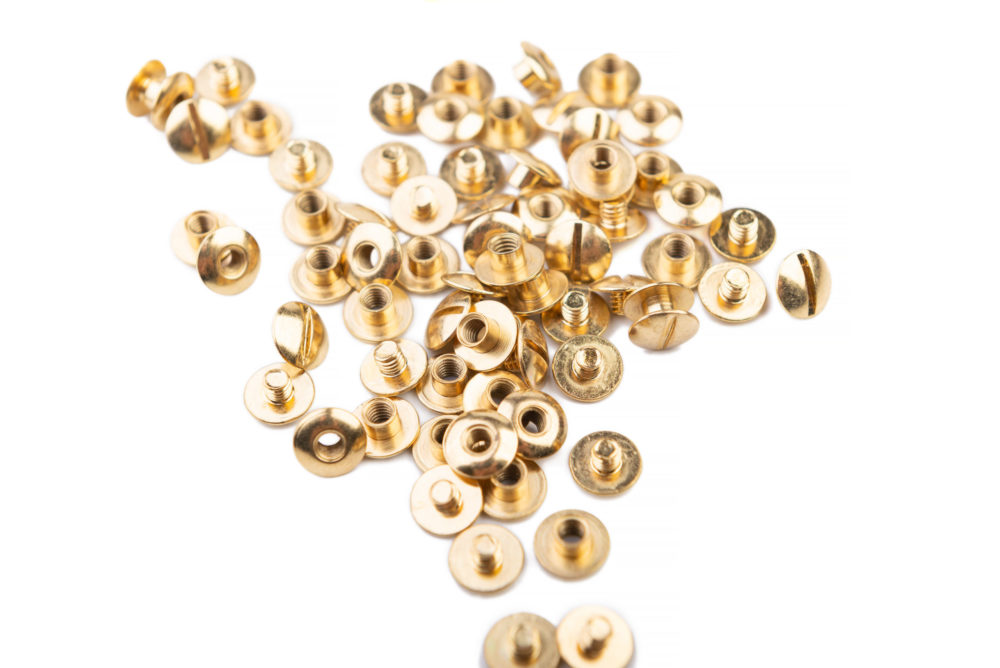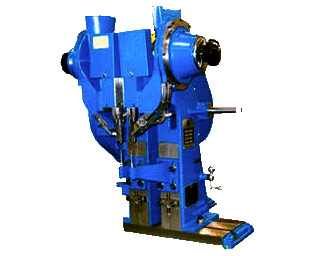Interested in talking to us about one of our products?
Call us at (770) 684-2481 or email at sales@zauderer.com



Rivets and other cold formed parts are small-but-mighty components in many manufacturing operations. These fasteners secure and reinforce products across industries as diverse as automotive, cutlery, electrical manufacturing, sheet metal fabrications, furniture, and more.
Manufacturers need both high-quality rivets and high quality riveting machines for a perfect installation. In this blog we review frequently asked questions concerning rivets and the rivet machines that install these cold formed parts.
Choosing the right riveting machine depends on the materials that the machine will be joining together, as well as what type of tooling you will need when manufacturing your product. You must also determine if you need a machine that does impact riveting, orbital riveting, or a more specific type of riveting.
Orbital riveters are generally the type of machine required for delicate applications like manufacturing electronics or in certain areas of automotive manufacturing. Knowing the type of rivet machine you need for a particular job is just the beginning. There are several different types of riveting machines for manufacturers to choose from:
Manual Riveting Tools: There are also hand tools that allow manufacturers to carry out riveting manually. Manual hand riveting tools work well for light assembly, low volume production, repair, and maintenance that involves various sizes of semi-tubular rivets.
Now that you have perspective on the various types of rivet machines and which might meet your needs, the question arises of where to purchase the riveting machine. We believe it’s important to purchase your rivet machine from a manufacturer that also performs in-house repairs and rebuilding. This allows for you to work with one provider over the lifetime of the machine, and you know the manufacturer will have easy access to any rivet machine repair parts that need replacement. Additionally, the manufacturer should offer troubleshooting and technical support to help you address any issues on-site. Our riveting machines are proudly made in the USA and all repairs, customer service, and technical support are carried out in the same location.
Proper design of a rivet involves the diameter, length, and material the rivet is created from. The diameter and length determine if the rivet will keep the joint strong over time as shear and tensile strength is tested. Creating the rivet out of material that is compatible with the materials to be joined is essential to prevent corrosion. In use cases like automotive manufacturing, aerospace manufacturing, or electronics manufacturing, the specific industry may have distinct rivet design and quality requirements that are partially determined by regulation.
We can custom create rivets according to the design specifications below, and using the following materials and finishes:
Because we serve a wide range of industries, each with distinct requirements, we pride ourselves on the breadth of our manufacturing capabilities for all cold formed parts and cold headed fasteners we produce. These include:
Depending on the application of the rivet and the machinery being used to install the rivet, we also have a variety of different rivet heads available, including:
We use a cold heading process to create all the custom rivets provided to manufacturers. Cold heading is a process that reduces materials scrap and allows for high-speed, consistent production that means we can meet rush orders without compromising on quality. We are proud that the cost benefits achieved through the efficient cold heading production process are passed down to our customers. This includes cost savings on intricate designs that might otherwise be more expensive to produce through other manufacturing methods. As new innovations become available we constantly reinvest in our processes to bring customers the best possible products through cutting-edge technologies.
We hope this list of FAQs has given you some insights into rivet machines and sourcing custom rivets and fasteners for your manufacturing operations. If you still have more questions about your facility’s needs or whether we have the capability to fill your order quickly, reach out to Zauderer Associates today.